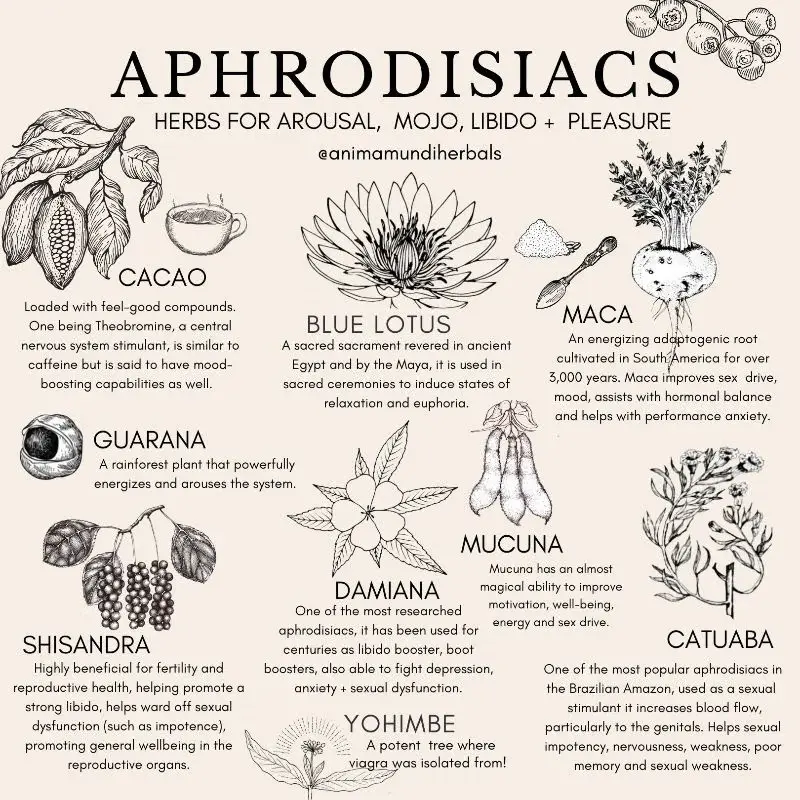Seduction Through the Ages: A Brief Journey into the Sensual History of Aphrodisiacs
- yonitemple
- Feb 13, 2024
- 2 min read

Throughout history, people have sought aphrodisiacs to spark desire and kindle love—an alluring journey where sensuality intertwines with the rich tapestry of our past, transcending cultures and civilizations.
Ancient societies, from the sultry chambers of Egypt to the vibrant marketplaces of Rome, were no strangers to the appeal of aphrodisiacs. Cleopatra herself was rumored to have indulged in a potent cocktail of honey and almonds to enhance her allure. Meanwhile, the Romans turned to the mystical powers of oysters, believing these slippery delicacies could awaken the dormant fires of desire.
The Renaissance era brought forth a celebration of the senses, and with it, a resurgence of interest in aphrodisiacs. Exotic spices like cinnamon and saffron were believed to possess mystical properties that could awaken dormant desires. As explorers brought back treasures from distant lands, the spice trade boomed, and with it, a surge in the popularity of these intriguing ingredients.
Today, the quest for aphrodisiacs has evolved into a celebration of culinary creativity and scientific curiosity. From the decadence of dark chocolate to the exotic temptation of truffles, the history of aphrodisiacs is a celebration of pleasure, passion, and the eternal pursuit of connection.
Avocado, renowned for its creamy texture and high levels of vitamin E, supports overall vitality and energy. Ginseng, believed to enhance stamina and stimulate the nervous system, adds depth to a symphony of flavors.
Strawberries, with their luscious sweetness and high vitamin C content, not only excite the taste buds but also promote blood flow - a crucial element for arousal - complemented by the warm embrace of vanilla, known for its calming and soothing qualities.
Oysters, revered since ancient times, are rich in zinc, a mineral essential for testosterone production, while asparagus, celebrated for its suggestive shape, contains high levels of folate, supporting histamine production and potentially enhancing arousal.
The herbal enchantment extends further, with maca, a reputed aphrodisiac celebrated for its potential energizing effects and hormone-balancing properties, horny goat weed, believed to enhance libido by improving blood flow, and the zesty kick of ginger - stimulating circulation and promoting blood flow to vital areas.
Lastly, the exotic allure of blue lotus is thought to induce a sense of relaxation, heightening sensory experiences and creating an atmosphere conducive to intimacy.
Let’s revel in this modern-day exploration of passion, where the culinary alchemy of aphrodisiacs invites us to indulge in the magic of togetherness. As we explore the sensual nuances of foods and herbs, the celebration of pleasure continues, echoing the eternal pursuit of connection that has enriched the fabric of human history.









Comments